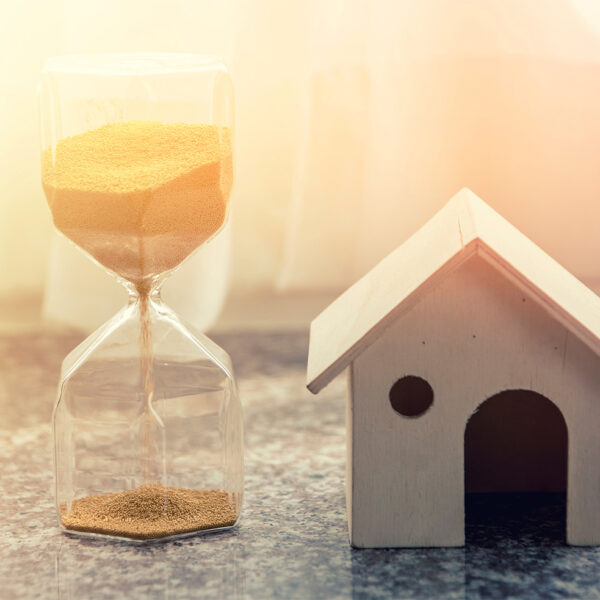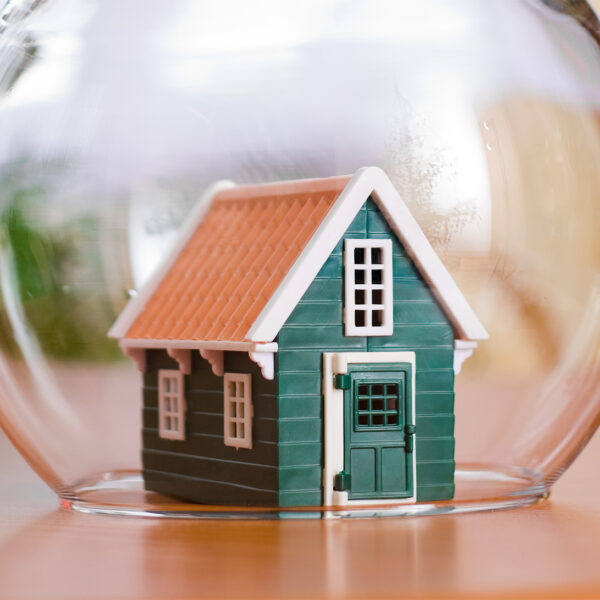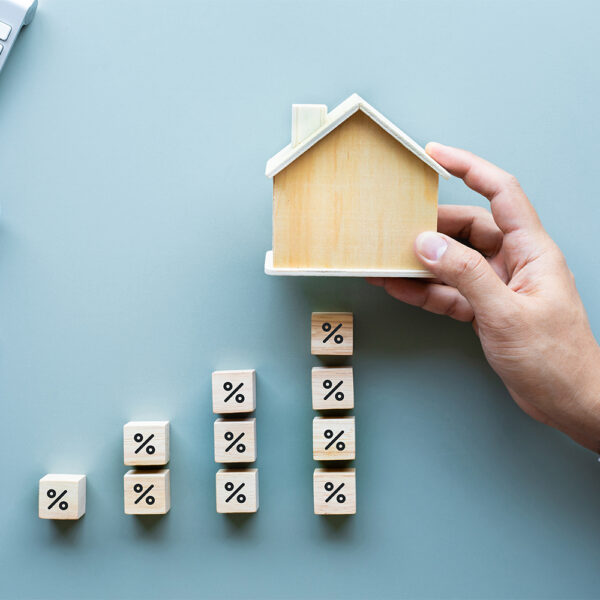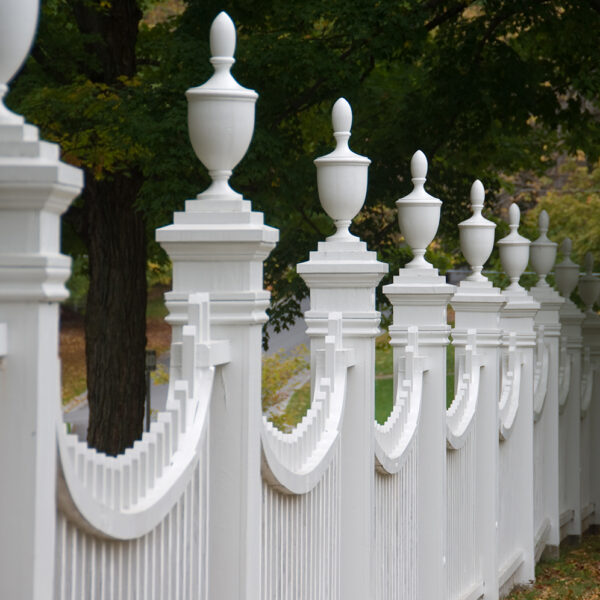In 2024, sustainable home construction represents a pivotal shift towards building a more environmentally conscious and energy-efficient future. As global awareness of climate change grows, the construction industry is embracing innovative materials, methods and technologies to minimize environmental impact while enhancing the quality of life for homeowners. As real estate professionals, we like to stay on top of the latest home construction and architecture trends. We are especially passionate about these advancements in sustainable construction.
Sustainable Construction Materials
One of the most significant advancements in sustainable home construction is the use of eco-friendly materials. Traditional construction materials like concrete and steel have substantial carbon footprints. However, we have seen a rise in alternatives such as cross-laminated timber (CLT), recycled steel and sustainable concrete substitutes like hempcrete and mycelium composites. CLT is a great example of a renewable resource that not only reduces carbon emissions, but also sequesters carbon dioxide throughout its life cycle. Additionally, recycled steel offers the same strength as new steel but with a significantly lower environmental impact. These materials can reduce waste and energy consumption.
Innovative Construction Methods
Modern construction methods are also evolving to support sustainability goals. Prefabrication and modular construction have gained traction for their efficiency and waste reduction benefits. By constructing components in a controlled factory environment, these methods minimize material waste and energy use compared to traditional on-site construction. These techniques also allow for precise building practices that enhance the thermal performance and durability of homes, leading to long-term energy savings.
3D printing is another growing trend in sustainable home construction. This technology enables the creation of intricate designs with minimal waste, using materials like recycled plastics and bioplastics. 3D printing also reduces construction time and labor costs for more sustainable homes that are affordable and accessible.
Cutting-Edge Technology
The integration of smart home technology plays a crucial role in sustainable construction. Advanced energy management systems and smart devices allow homeowners to monitor and optimize their energy usage in real time. Solar panels and energy storage solutions have become more efficient and affordable, enabling homes to generate and store their own renewable energy. Additionally, the development of energy-efficient appliances and LED lighting further reduces a home’s overall energy consumption.
More home builders are designing and constructing net-zero energy homes, which can produce as much energy as they consume. These homes often incorporate solar panels, high-efficiency HVAC systems and superior insulation to achieve their energy goals. Green roofs and living walls are also trending. Lastly, water conservation technologies are being integrated into home designs. Greywater recycling systems, rainwater harvesting and low-flow fixtures help reduce water usage and address the critical issue of water scarcity—especially here in Southern California.
We’re always excited to see the advancements in home construction and passing these ideas along to our real estate clients who are looking for more sustainable living solutions.













